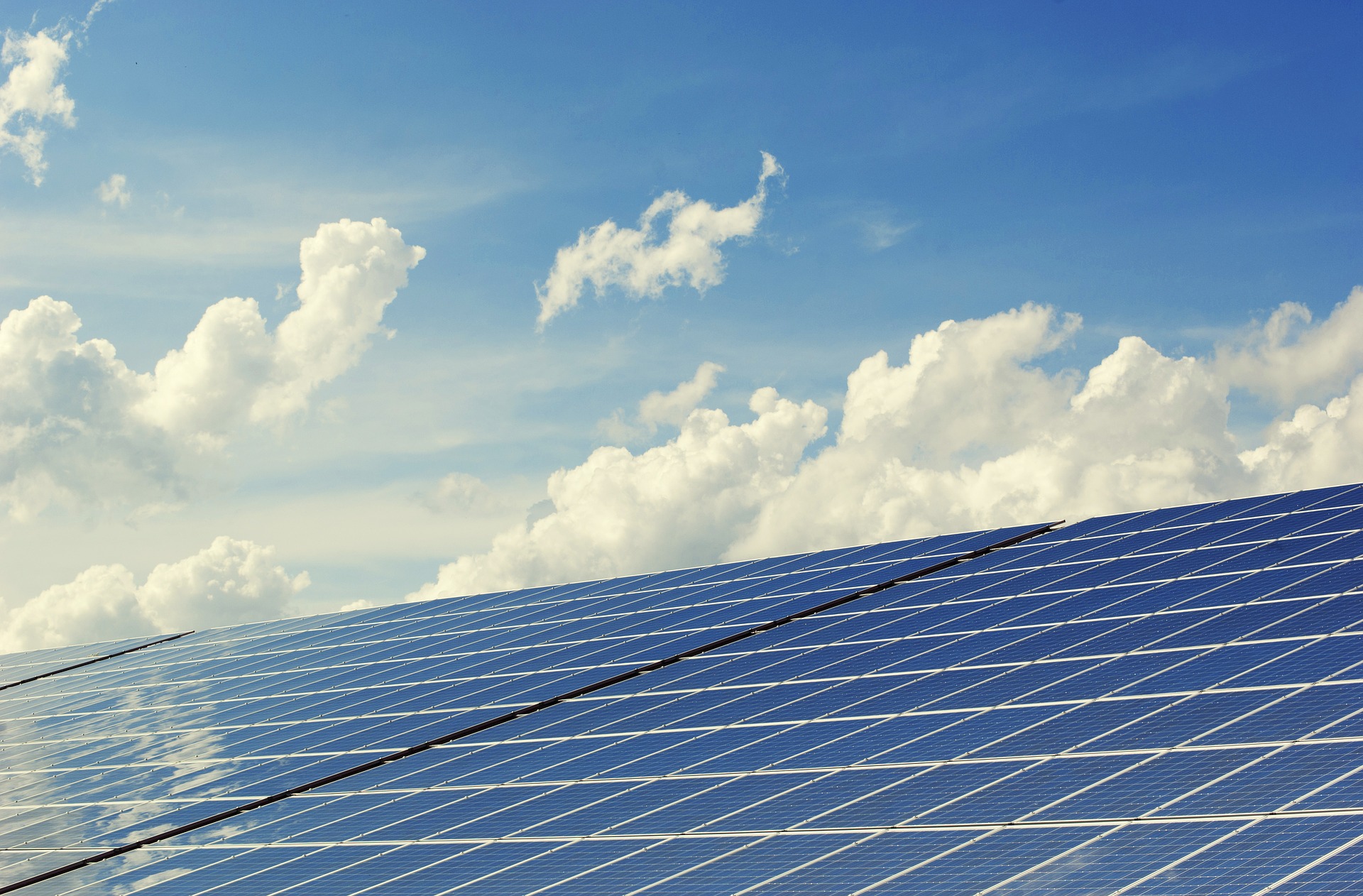Construction of Cres Solar Power Plant Still Up in the Air After a Two Year Delay
February 14th, 2022 - The power plant on Cres will produce about 8.5 million kWh of electricity per year, enough to supply some 2,500 households
The Cres solar power plant, a development worth 41 million kuna situated at the location Orlec-Trinket on Cres island, is to be the largest solar power plant in the country. That is, if construction ever kicks off. The foundation stone was laid almost two years ago, and so far, next to nothing has been done, reports Novi list/Marinko Glavan.
Solar panels for the entire power plant have been manufactured, and all that remains is to install them, connect them to the grid and put them into operation. However, due to disputes between the investor HEP and the contractor, a consortium made of PVI Solar, PVI GmbH, Intecco and Deling, a solar power plant that was supposed to start producing environmentally friendly electric power in late 2020 not only isn’t in operation yet, but still has to be built.
The Cres solar power plant at the Orlec-Trinket site has an estimated capacity of 6,5 megawatts (MW), enough to meet the needs of about 2,500 island households. It’s supposed to ensure a stable supply of electricity and increase the energy self-sufficiency of Cres and Lošinj islands, particularly in periods of increased consumption brought on by the tourist season.
The solar power plant project, which was supposed to be the first large solar power plant in Croatia with a projected annual production of about 8.5 million MWh, was devised entirely by the Kvarner Regional Energy Agency that is owned by Primorje-Gorski Kotar County, who all but gifted the project to HEP.
The Franciscan order on Cres ceded 17 hectares of land necessary for this development, and two years ago, all that remained was seemingly just a matter of formality. The public procurement process was completed, the contractor was selected, the works formally started, and the foundation stone ceremonially laid by HEP President Frane Barbarić, then Minister of Tourism Gari Cappelli, and Minister of the Sea, Transport and Infrastructure Oleg Butković. However, not much has happened on the construction site since June 2020.
Asked what was going on with construction of the power plant, Cres Mayor Marin Gregorović said that the Town of Cres doesn’t have any information either, although the question has been raised at a Town Council meeting.
‘We raised the question with the investor, but didn’t receive a reply. There are plans for the construction of the second phase of the Trinket power plant, which should ultimately have a capacity of about ten megawatts. In the Town of Cres we believe that local self-government units, namely the towns of Cres and Mali Lošinj, should be involved in these projects so that our citizens can benefit from them. This way, I fear that the surplus of produced electricity will be exported to the mainland outside the tourist season, and the citizens of Cres won’t benefit from it. Neither will the Town of Cres, except for local fees for construction’, said the mayor.
‘We’re building an energy community on Cres and we’re planning to build another solar plant on the northern side of the island, and where the solar plant at Orlec is considered, I can only say I’m disappointed as it should have already been in operation, meeting the greater part of our citizens’ needs. Outside the tourist season it would meet the needs of the island entirely’, added Gregorović.

According to the information known to Novi list, the delay was caused by an increase in building materials, as well as other costs, which led to a dispute between HEP and the contractor. Novi list sent an inquiry to HEP as to whether the contractor had requested a price correction and if so, in which amount. They also inquired whether the contract was still in force or had been terminated in the meantime.
HEP replied that the project was delayed due to the contractor having failed to meet their contractual obligations within the agreed deadlines.
‘We are working intensely to resolve this situation and expect the project to continue soon.
The solar power plant will be built in its full projected size, with a connected power of 6.5 megawatts. We wish to note that the local manufacturer Solvis has already manufactured and delivered all 20,332 photovoltaic modules required for the power plant.
The Cres solar power plant will produce about 8.5 million kWh of electricity per year, which corresponds to the consumption of some 2,500 households. The investment is valued at more than 40 million kuna’, stated HEP.
Novi list also sent an inquiry to the contractor, PVI d.o.o., to which the company replied they had faced unforeseen difficulties.
‘Namely, HEP made modifications to the project task after the contract was signed, in order to enable confirmation of the main project and obtaining of a building permit. This was preceded by the necessary change of the obtained location permit, which could not have been foreseen before the conclusion of the contract, and all of the above required additional time before construction works began on the solar power plant.
Restrictions were then introduced to fight the COVID-19 pandemic, followed by a significant increase in prices of materials in the construction sector. Such a demanding and large project requires open communication between key stakeholders, as well as a full understanding of the context that is particularly unpredictable in a pandemic.
Unfortunately, as a client, HEP did not show reasonable understanding for the described difficulties which caused the disruption in the construction schedule. Negotiations are still ongoing, with the goal of finding an appropriate solution and enabling the execution of the project as soon as possible’, stated the contractor.


